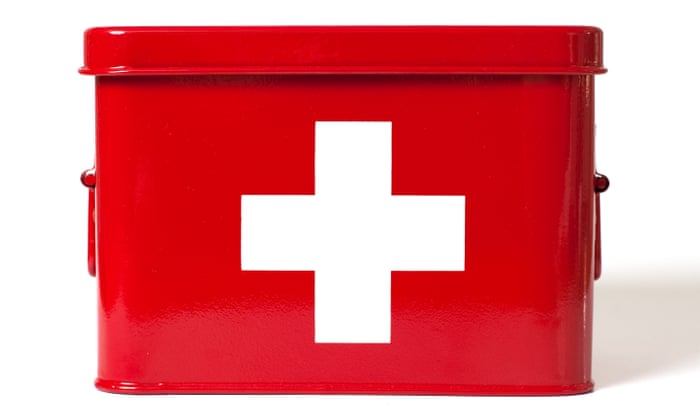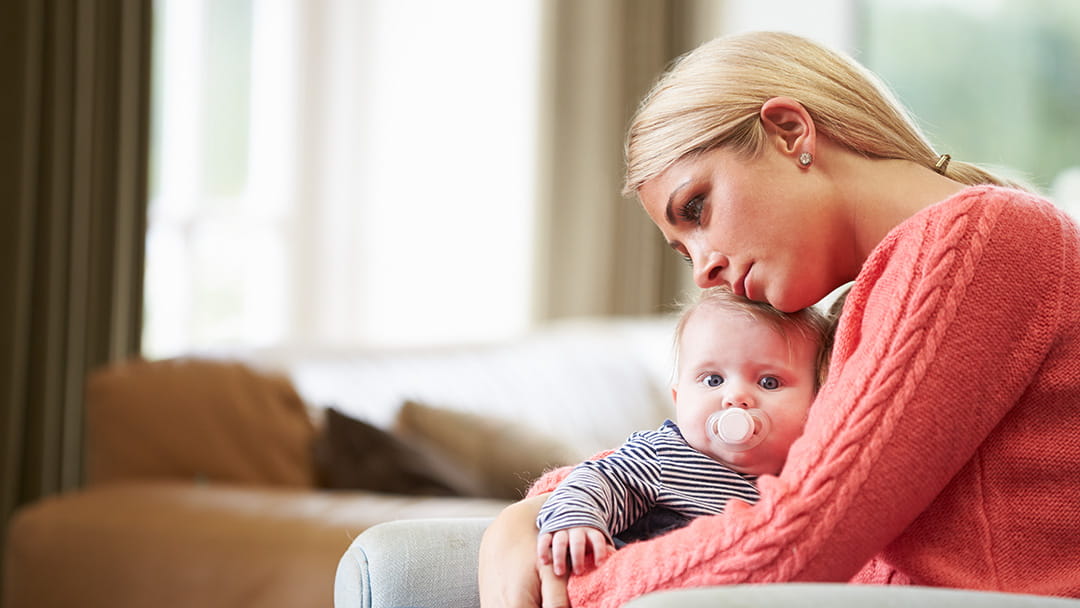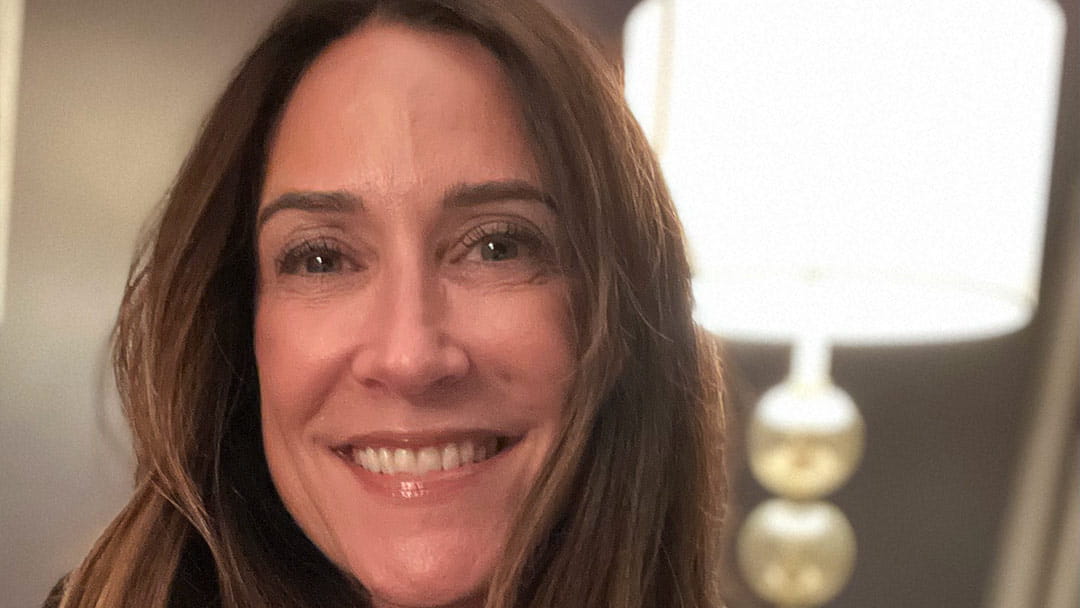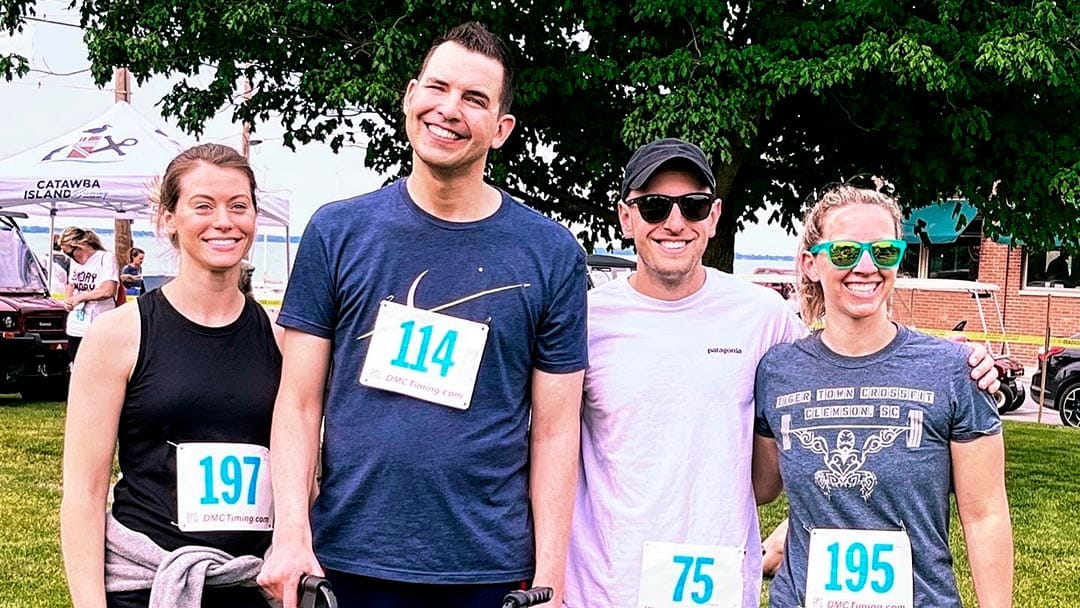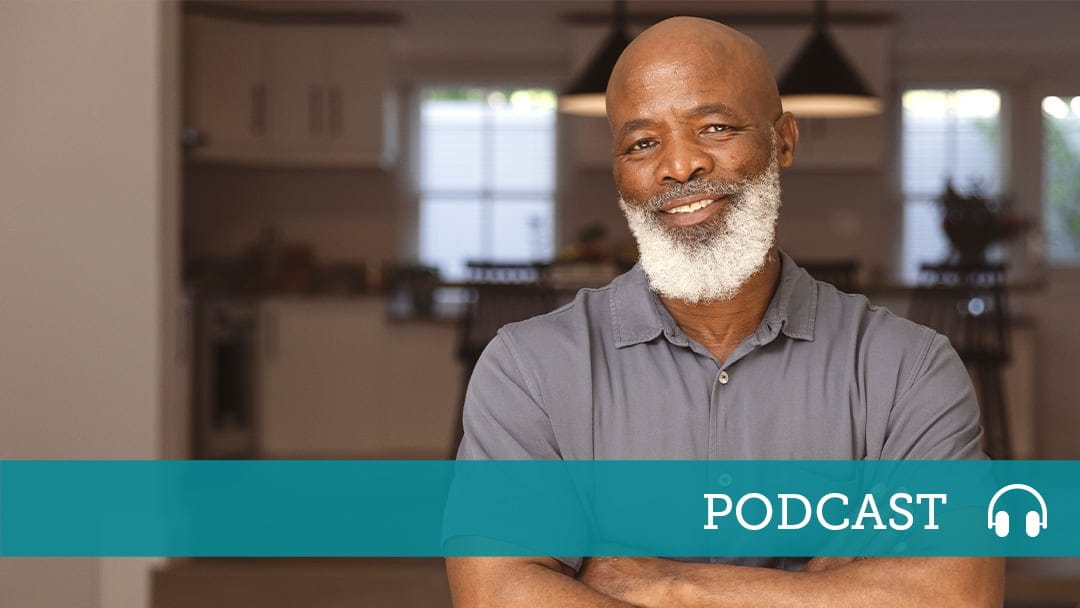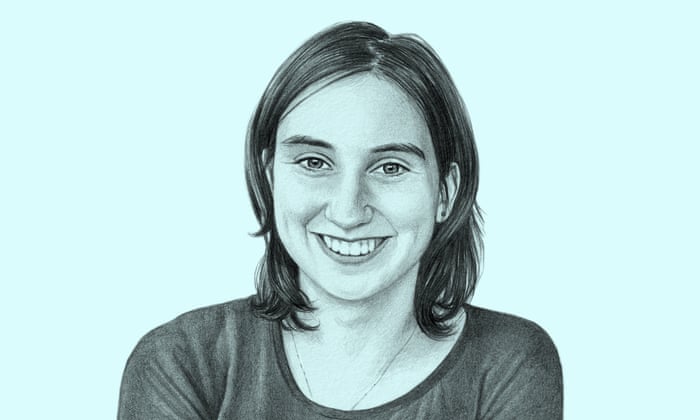
When Sharren Bridges talks about her daughter’s final summer season, in 2021, she chokes up and has to pause. In some methods, it was an excellent summer season. Jen Bridges-Chalkley had a boyfriend and, like most dad and mom of youngsters, Sharren would often act as a taxi driver, taking them right down to the native river to swim. “She frolicked along with her greatest associates and her godmother,” says Sharren. “And, trying again, she insisted on taking pictures with them and stuff like that.”
I’m at Sharren’s home in Nice Bookham in Surrey. We’re sitting within the backyard with the chickens and a few cockerels that haven’t but realized the right time of day to do their factor. Sharren works within the workplace of a homeless shelter and volunteers for Scouts and Guides; earlier than that, she was a instructing assistant. Her mum, Chris – Jen’s grandma – brings out some tea.
Speaking about Jen’s earlier childhood is easier for Sharren. She smiles as she alights on completely satisfied reminiscences. Jen liked dancing, drama, animals and particularly mermaids. Her favorite TV present was the Australian children drama H2O: Simply Add Water, about three ladies who’re mermaids. When she turned 16, Jen took up monofin freediving, “so she could possibly be a mermaid, too. It scared the bejesus out of me,” says Sharren. Monofin freediving includes taking to the water with each ft in a single fanned blade, a bit like a mermaid’s tail, with out an oxygen tank. “Apparently, it’s very meditative and calming.”
Jen’s dad and mom break up up when she was two, however in any other case Jen’s early years have been steady. “For those who appeared into her field of life, she’s acquired a loving, supportive household, she lives in a pleasant space; it’s a reasonably idyllic childhood,” says Sharren. “However that’s with out seeing all of the scaffolding and the Sellotape holding the field collectively.”
Jen lit a spot up, says Sharren. “I’m not simply saying that as a result of she’s my daughter; she genuinely did. She made an impression wherever she went. I don’t know if that’s an excellent factor, however everybody remembers Jen, even her major college lecturers.” Sharren has a incapacity and Jen acted as a younger carer. Her self-confidence and self‑esteem have been all the time in brief provide. “She noticed good in all people, however couldn’t see it in herself. And it’s like: ‘Darling, why can’t you see your self how everybody else sees you?’ As a result of she is … she’s simply wonderful.”
Sharren usually slips into the current tense when speaking about her daughter. “Rising up …” Sharren begins. “Nicely, Jen by no means acquired to develop up.”
On 12 October 2021, Jen killed herself at her mom’s house. She was 17. On the inquest, which concluded in April 2024, the coroner mentioned her suicide may have been averted if she had obtained the help she wanted “in a well timed method”. It was “a multi-agency failure”, he concluded within the report, which is a devastating doc: 81 pages of missed alternatives, dangerous communication and poor decision-making.
“There was a failure of the businesses to work successfully collectively to make sure that Jen’s wants have been met,” the coroner wrote. Safeguarding failure; failure by instructional institutions; failure by youngster and adolescent psychological well being companies (Camhs). “For a lot of the time between Might 2018 and June 2020, she was on a ready record for remedy from the psychology staff and was awaiting evaluation.” He concluded that Camhs had failed “correctly to evaluate, diagnose and deal with Jen … to be able to handle her situations and minimise her threat of suicide”.
Camhs is the NHS service for kids with emotional, behavioural and psychological well being points. Its workers contains psychiatrists, psychologists, nurses, therapists and social staff. It goals to supply help and remedy, together with remedy, treatment and in-hospital care. Sharren’s evaluation of Camhs, supplied in Jen’s case by Surrey and Borders Partnership NHS basis belief, is easy: “It’s not match for objective.”
Jen was recognized with consideration deficit hyperactivity dysfunction (ADHD) at 10 and with autistic spectrum dysfunction a 12 months later. Each diagnoses had taken a very long time. Sharren had initially approached her GP when Jen was 5, then once more when she was seven, suspecting she had ADHD (“autism was a little bit of a shock,” Sharren says). These diagnoses got here from the paediatric staff at Epsom common hospital.
In 2015, when Jen was 11, Sharren took her to the household GP, as a result of she was self-harming by reducing her hair with a razor and limiting her food regimen. Jen was fearful about her Sats exams, says Sharren, and her pending transfer to secondary college. Sharren informed the GP: “Her psychological well being isn’t nice; I don’t know what to do about it.” The GP referred Jen to Camhs for the primary time, however the psychiatrist who triaged that referral mentioned “no reasonable to extreme psychological well being points have been recognized”.
Later that 12 months, Jen moved to secondary college and struggled with the transition: the sheer variety of folks; the noise; the itchy uniform (Jen had sensory points); the lengthy days; homework and stress. Jen was bullied. Sharren says she would usually cling round on the finish of a lesson to depart class along with her instructor, “so she may stroll out with a protector. Her vanity was knocked and knocked and knocked.”
I used to be overwhelmed, not figuring out what the heck to do myself and trusting these folks knew what they have been doing
Life was higher out of faculty. Jen did ballet, horse using, Scouts and Guides, the place she had associates, a lot of them youthful than her. When she moved into 12 months 9 in September 2017, she began worrying about her GCSEs and her nervousness elevated. She was not placed on the particular instructional wants register for pupils who require further provisions and there was no written plan for her, though she was given a “Be Conscious” code, so lecturers have been conscious of her wants. An training, well being and care plan (EHCP) wasn’t put in place for her till 2019. This authorized doc, issued by native authorities, outlines a toddler’s particular instructional wants and disabilities and the help they require. It may be requested by faculties and oldsters, though Sharren says she was by no means made conscious of this.
The coroner highlighted the delay within the provision of an EHCP. He wrote that Jen’s particular instructional wants had been obvious since major college; that there was a missed alternative to challenge a plan; and that her wants weren’t met. “This most likely contributed to her rising nervousness and deteriorating vanity and psychological state, together with her suicidality,” he wrote.
At house, Jen started having indignant outbursts. She struggled with consuming and sleeping. From the age of 14, Sharren says, she began to speak about suicide. She was receiving common check-in chats in school from her 12 months supervisor, a workers member with a pastoral function. On 15 Might 2018, Jen confided in her that she was planning to kill herself.
The 12 months supervisor instantly phoned Camhs. Sharren and Jen attended a Camhs drop-in service that day. When requested by a psychological well being nurse what she thought the probability was of her appearing on her plan to kill herself, Jen replied: “9 and a half out of 10.” The referral was triaged as pressing.
Within the following days, Jen was assessed on the Camhs centre by a psychological well being nurse. At a multidisciplinary dialogue – a gathering of well being professionals to debate a affected person’s case – it was determined that Camhs wanted to liaise with the college to know extra about Jen’s wants, as a result of suicidal ideation in an autistic youngster didn’t essentially recommend a psychological sickness.
The advisor psychiatrist employed by Surrey and Borders belief, whereas accepting that the chance of suicide is larger in autistic youngsters than in neurotypical youngsters, informed the coroner that an autistic youngster “would possibly say they’re suicidal; typically a member of the family would possibly report that a youngster is suicidal; a faculty could do equally … That’s a time period that has each particular and common utilization, by which I imply it’s not unusual for an autistic youngster … to have restricted use of language.
“So what we are going to usually do is try to work out … is that actually: ‘I’m suicidal, I’m going to kill myself in relation to a particular psychological well being want,’ or is it an expression of misery that could be attributable to different wants, for instance inadequate college help or different contextual elements.”
Sharren feedback on this bluntly and sarcastically: “Yeah, autistic folks usually say they’re going to kill themselves, however they don’t imply it, as a result of they don’t have the language expertise.”
Whereas acknowledging that conventional instruments for suicide-risk screening are insufficient for folks with autism (which could be due to communication variations), a US examine final 12 months into autism and suicidal pondering produced some alarming insights. Of the almost 400 autistic youngsters who reported eager to die, 35% mentioned this began at eight years outdated or youthful. Of these experiencing such ideas, 18% had a suicide deliberate.
After the evaluation, Sharren says she assumed “we’d see a health care provider or a specialist of some kind and there’d be a plan, she would have some remedy. As Jen’s mum, I used to be overwhelmed, not figuring out what the heck to do myself and trusting these folks knew what they have been doing.”
In reality, Jen didn’t go on the ready record for remedy till 4 months later, on 18 September 2018. Jen was on that ready record for a lot of the subsequent two years.
Within the meantime, they used the drop-in centre and had calls, by cellphone and in individual, from Camhs psychological well being nurses. Jen had stopped going to highschool fully after the primary referral. On the finish of Might, Jen had been visited at house by a Camhs major psychological well being employee. Jen informed her she was happier now that she had stopped going to highschool. The nervousness had decreased, however she was nonetheless experiencing panic assaults and ideas of suicide.
The college determined Jen wanted a distinct form of instructional provision. A spot was discovered at a short-stay college for college kids with medical wants. “It was possibly three afternoons every week in a really small class, low sensory atmosphere, the tempo of studying wasn’t actually excessive,” says Sharren.
I’m not a health care provider, I’m a mum, however I knew she wanted to see anyone
Jen did effectively there, however the suicidal ideation didn’t go away. On 4 events between 2019 and 2021, when issues acquired actually dangerous and Jen mentioned she didn’t really feel protected at house, Sharren took her to A&E. Jen can be triaged, “then see a psychologist or psychiatrist, often an grownup one, as a result of it was foolish o’clock within the morning or actually late, after which Jen was admitted to a generic youngsters’s ward for her personal security”. It was all the time a generic ward – by no means a youngsters’s psychiatric ward – and she or he was in for a few nights on every event.
When it got here to discharging Jen, Sharren says workers would say: “‘We’ll make a discharge plan for her, she’ll see the disaster staff, they may come and go to her after which we are going to try to get her to see a health care provider in a couple of weeks’ time, as soon as the disaster staff has completed along with her.’ That’s the cycle we stored going by.”
Besides they didn’t get to see a health care provider after a couple of weeks. “We didn’t really see a health care provider at any level other than at A&E,” she says.
Jen was discharged with a security plan involving follow-up calls from the disaster staff, in individual, on the cellphone and by video name. However she by no means noticed a toddler psychiatrist. Not solely was there no remedy, however there was no clear path to remedy. There was no appointed physician who may get to know her and make a plan for sustained and constant help.
“There was no communication between the medical doctors and that was actually irritating,” says Sharren. “The left hand doesn’t know what the best hand is doing: no one appears to know something, nothing is joined up, nothing marries. I’m not a health care provider, I’m a mum, however I knew she wanted to see anyone, as a result of we had all these disaster interventions, we have been ready and ready and ready, the paediatric medical doctors knew she wanted to see the Camhs medical doctors, however the place is the gateway to Camhs? It’s an invisible place, the place the unicorns and pixies dwell, it truly is.”
Between hospital visits, Sharren inspired Jen to make use of helplines and a Camhs drop-in. “However then she noticed folks from college on the drop-in, there with their very own points.” In Jen’s eyes, this meant the service was now not protected for her. In the meantime, her await remedy continued. Sharren couldn’t afford to go non-public: “It was near £100 a session.”
An try in 2019 to return to mainstream college didn’t go effectively. Jen’s nervousness elevated even with quick visits. Sharren discovered a spot at one other faculty for 14- to 16-year-olds who discover it onerous to manage in a mainstream setting, with smaller lessons, core topics within the morning, extra vocational ones within the afternoon. Once more, Jen did effectively. However then Covid hit. Jen struggled with on-line studying. Different issues she loved – like studying to freedive – additionally stopped.
Jen turned 16 in February 2020. There have been boyfriends, alcohol, some drug use. The tip of 1 relationship led to nervousness and panic assaults. Jen had issues sleeping, her vanity reached new lows and her private hygiene suffered. At one level, she mentioned she had turn into pregnant, however then had a miscarriage. (Sharren says this wasn’t true, however was “her means of screaming” for assist.) Sharren and Jen fell out over one among Jen’s relationships and she or he moved in along with her dad for some time. However Sharren says Jen would nonetheless cellphone her when she wanted to: “She had bodily moved out, however mentally she hadn’t.”
At 1.45am on 3 January 2021, Jen and her mum spoke to a Camhs crisis-call handler after Jen had tried suicide. This led to the third Camhs referral. They have been suggested to go to A&E instantly, which they did. Jen was admitted to a youngsters’s ward and within the morning she spoke to a psychological well being nurse working for the Group Disaster Intervention Service inside Camhs, by video from the hospital. Jen had already seen the Psychiatric Liaison Service, which thought-about that she nonetheless offered as suicidal and unable to ensure her personal security at house.
Later that day, it was determined that Jen can be discharged from hospital to her mom’s house, with a seven-day follow-up and a referral to a service that gives counselling to younger folks. She had come off the ready record for remedy the final time she was discharged from Camhs in June 2020. No psychiatric assessment was steered.
On the seven-day follow-up with the Camhs disaster staff, once more by video, Jen informed the psychological well being nurse her temper was low and she or he acquired urges to self-harm however was feeling steady. Later within the month, a choice was taken for Jen to be discharged from the disaster staff.
In June, Jen had a psychological well being assessment evaluation, by video, with one other psychological well being nurse employed by Camhs. Jen informed him she was nonetheless struggling however was socialising extra and making associates. “The solar was out,” says Sharren. “She and her dad had been to the seashore, they have been selecting up a brand new pet, every part was advantageous. However there are two variations of advantageous: there’s really advantageous and there’s advantageous, I’m OK, however I’m not completely OK.”
After the evaluation, Jen was discharged from Camhs. “Gone, bye-bye, every part’s advantageous, don’t fear about it, you’re good to go,” says Sharren, clearly seething. “She was principally left to fly solo, as a result of every part was advantageous.”
Jen had been on a ready record for remedy for about 18 months in complete, between 2018 and 2020. Sharren loves the NHS, however thinks psychological well being, significantly youngsters’s psychological well being, isn’t given ample precedence: “You wouldn’t go to A&E with a damaged leg for them to ship you house to have a sizzling bathtub and a sizzling chocolate and cuddle with mummy and we’ll put you on a ready record to repair your leg.”
Figures from NHS England in March 2024 confirmed that nearly 1 million youngsters and younger folks had lively referrals for psychological well being companies in 2022-23. Of those, 28% have been nonetheless ready for help, whereas 39% have been assessed and never given help. Within the 12 months to March 2024, 40,000 youngsters skilled a wait of a minimum of two years.
In February 2024, a Guardian evaluation of knowledge from the Royal Faculty of Psychiatrists (RCP) revealed that the variety of youngsters referred to Camhs disaster care in England had elevated by 53% in three years. In keeping with a separate assessment of NHS figures by the Guardian, 600 mentally unwell youngsters attain disaster level every week.
A workforce census revealed by the RCP in November discovered that 37% of kid and adolescent advisor psychiatrist posts in England are vacant. In an interview on the time, Dr Lade Smith, the president of the RCP, informed the Guardian the scenario required speedy motion from the federal government: “Power underfunding for over 15 years, alongside pressures on psychological well being companies, has had a detrimental impression on the power to recruit and retain sufficient psychiatrists.”
Sharren is indignant when she speaks about Camhs. “Jen is an individual, she’s my daughter, she’s my every part, and she or he’s not right here any extra as a result of folks didn’t do their job. They didn’t do their job when she was 5, they didn’t do their job when she was 11, they didn’t do their job when she was 14, 15, 16, 17, and now she’s not going to become older than 17.”
In a press release, Graham Wareham, the chief government of Surrey and Borders Partnership NHS basis belief, mentioned: “We stay deeply saddened by Jennifer’s tragic loss of life and we’ve expressed our deepest condolences to her household. Our investigation into the help we supplied Jennifer discovered that whereas we gave care and consideration into delivering a person-centred therapeutic strategy to fulfill Jennifer’s psychological well being wants, we acknowledge that there have been shortcomings.
“Jennifer obtained therapeutic help in the course of the time she was underneath the care of the belief. She additionally obtained speedy help from our 24/7 psychological well being disaster companies when wanted. We recognise that there had been a referral for specialist psychology help that had not been delivered on the time of her agreed discharge. The ready instances for psychology at the moment weren’t what we wished for kids and younger folks. Our ready instances for psychology at the moment are considerably decreased to enhance the expertise for kids, younger folks and their households.”
In some way – I don’t know the way – Sharren tells me about Jen’s final couple of days. Jen was staying along with her boyfriend when she known as Sharren. “It was late, previous 11; I’d already gone to mattress. She mentioned: ‘Mummy, it’s worthwhile to come and decide me up.’ Each visitors diversion simply occurred to be there and it appeared to take 1,000,000 instances longer to get there than it ought to have achieved.”
Jen’s boyfriend lived together with his mum. When Sharren went into the home, she discovered her daughter “unusually calm”: “She had every part orderly and folded – and Jen was not a toddler who folded issues.”
On the drive house, Jen was texting her greatest pal. “I mentioned: ‘Darling, do you assume we have to go to the hospital? I can let you know’re not in an excellent place.’ And she or he mentioned: ‘There’s no level going to the hospital – they by no means assist, they by no means have, they by no means will.’ And so we acquired house and we had some actually valuable time collectively. I gained’t go into the small print, however I soothed her to sleep, as I did when she was at house earlier than.”
Within the morning, Sharren phoned Jen’s GP and acquired an appointment for the afternoon. Jen signed into faculty on-line. Sharren went to work within the afternoon. On the time, she was working as a instructing assistant at a major college, however that day she was invigilating an examination at a distinct college. “I mentioned: ‘Are you certain you’re going to be OK? I completely don’t should go.’ And she or he mentioned: ‘It’s advantageous.’ I requested my mum to pop in to test on her.”
At work, Sharren “had a horrible feeling that one thing had occurred”. She acquired a message from the reception desk that the police have been coming to choose her up. “That’s once I knew that feeling I’d had earlier was that Jen had died.
“I keep in mind getting house and it was as if anyone had acquired a bag of police vehicles and ambulances and simply tipped them out within the highway.” She heard the boots of the law enforcement officials upstairs in Jen’s room. ‘“I keep in mind pondering: ‘You’re not allowed boots upstairs, not on the carpet.’”
Since Jen died, Sharren has arrange a charity known as Jen’s Acorn, a programme of actions complementary to the college curriculum, “for much less competent learners and people who want an alternate studying fashion”. She has additionally labored with Surrey county council on its autism technique.
“I’ve simply tried to not sink, actually. I miss Jen desperately,” says Sharren. “On daily basis. I placed on a face that every part’s OK, however I’m only a shell, a bit like an Easter egg. Great on the surface, however inside there’s nothing.”
Within the UK, the youth suicide charity Papyrus could be contacted on 0800 068 4141, or e mail pat@papyrus-uk.org. Within the UK and Eire, Samaritans could be contacted on freephone 116 123, or e mail jo@samaritans.org or jo@samaritans.ie. Within the US, the Nationwide Suicide Prevention Lifeline is at 988, or chat for help. You may also textual content HOME to 741741 to attach with a disaster textual content line counselor. In Australia, the disaster help service Lifeline is on 13 11 14. Different worldwide helplines could be discovered at befrienders.org
Within the UK, the psychological well being charity Thoughts is out there on 0300 123 3393 and Childline is on 0800 1111. Within the US, name or textual content Psychological Well being America at 988, or chat 988lifeline.org. In Australia, help is out there at Past Blue on 1300 22 4636, Lifeline on 13 11 14 and at MensLine on 1300 789 978


